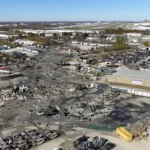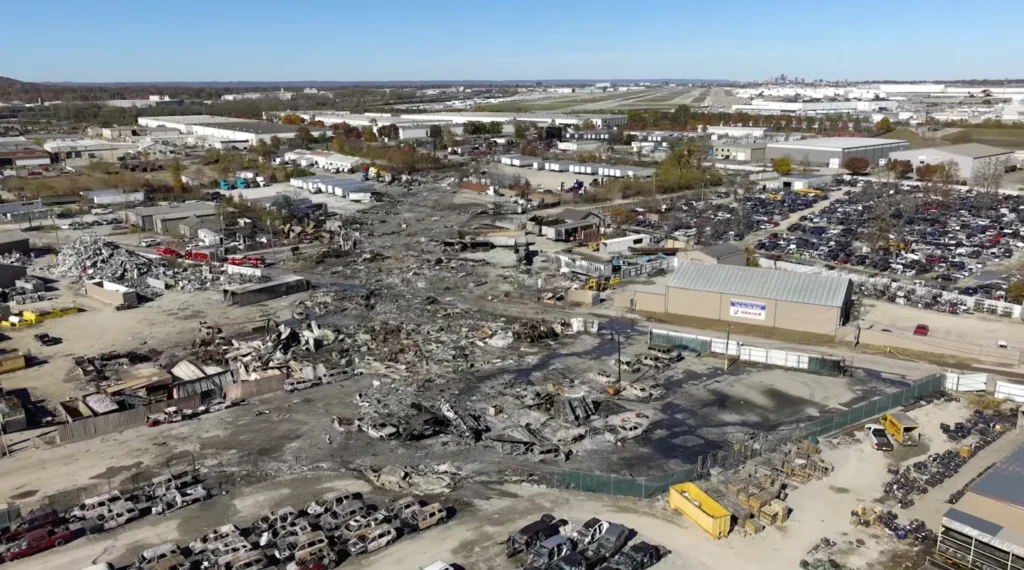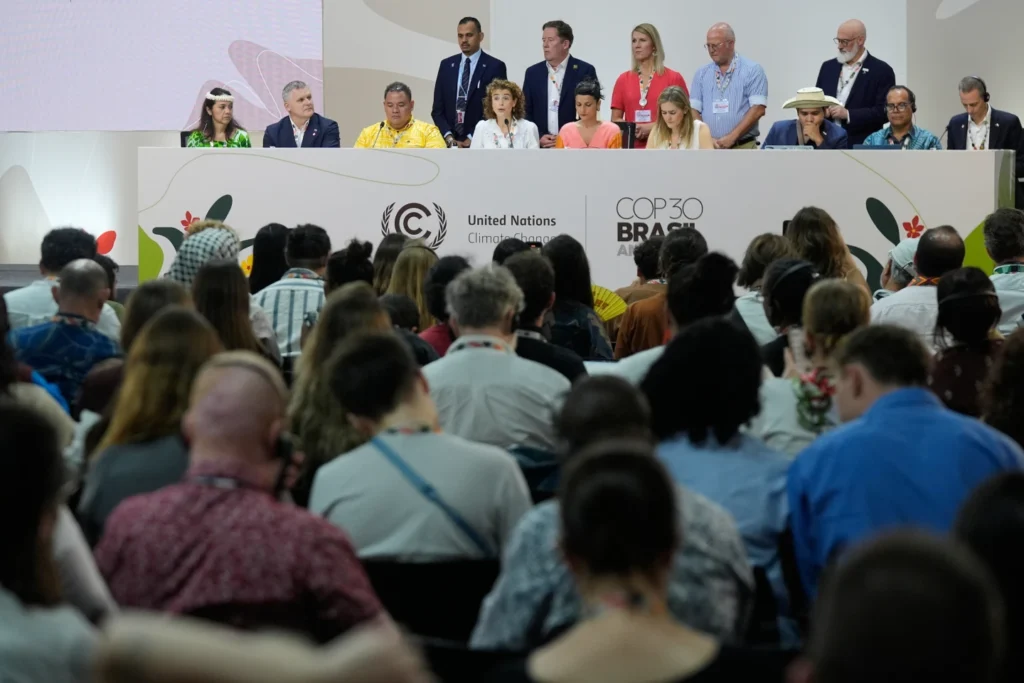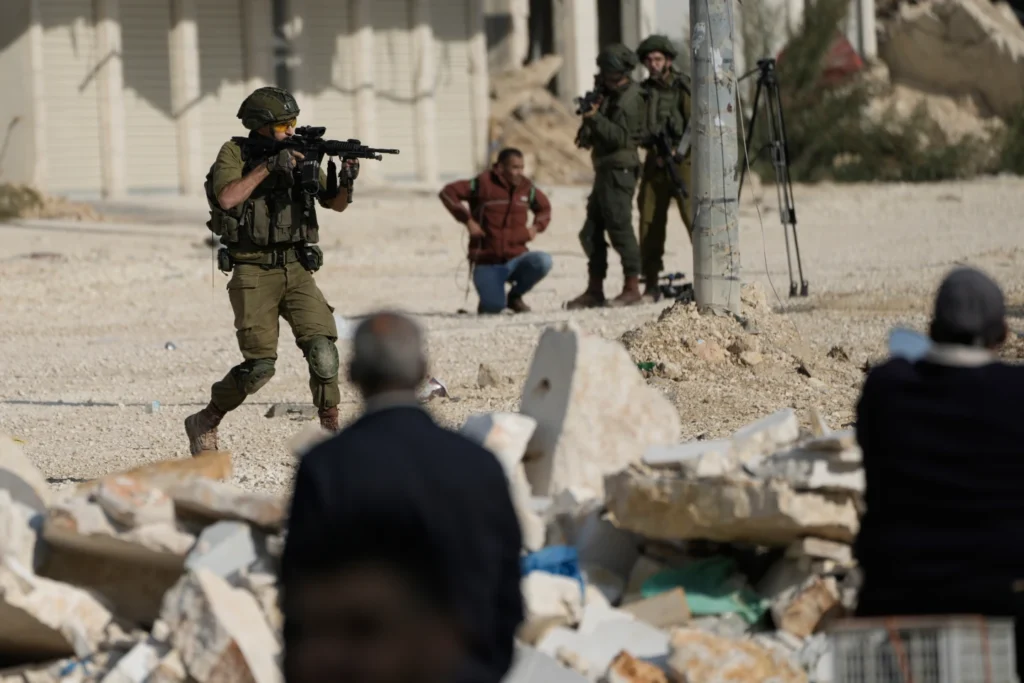Famine in Gaza: Food Crisis Experts Warn of Mass Death
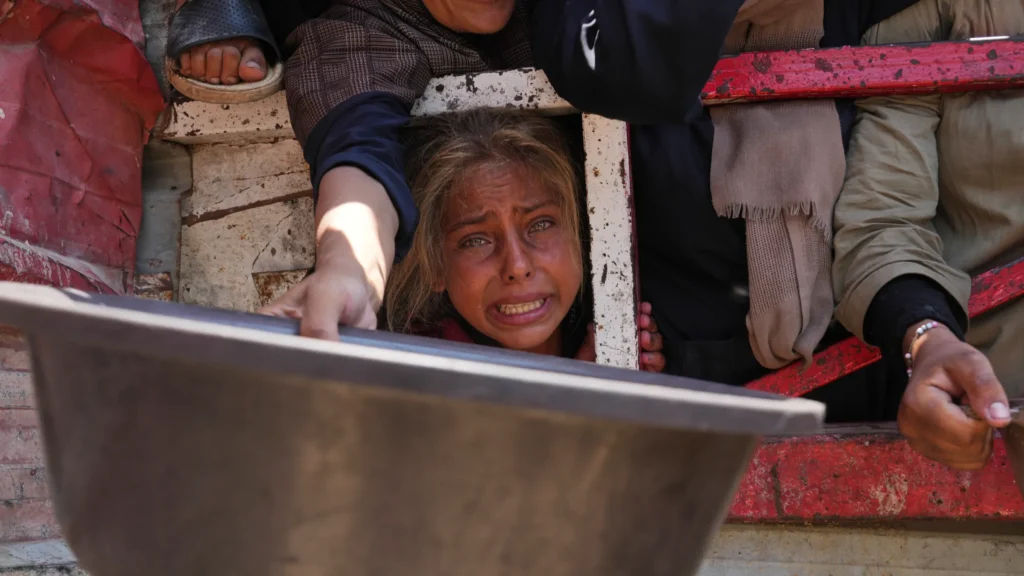
Famine in Gaza Escalates as Experts Warn of Widespread Death
The famine in Gaza is no longer a threat—it is happening now. According to top food security experts, the situation has reached an “alarming and deadly turning point.” Without urgent action, thousands of civilians—especially children—will continue to die.
Food Crisis Deepens as War Continues
After nearly two years of conflict, Gaza’s food system has collapsed. Malnourished children are visible across refugee camps. Dozens of hunger-related deaths have been confirmed, and one in three residents now goes days without food, reports the World Food Program.
Gaza Meets Famine Conditions
The Integrated Food Security Phase Classification (IPC) says Gaza has reached famine thresholds, though a formal declaration remains pending due to lack of access. These are the three conditions for declaring famine:
-
At least 20% of households are starving.
-
Over 30% of children under five suffer from acute malnutrition.
-
At least two adults—or four children—per 10,000 die daily from hunger or related illness.
“This is not a warning. It is a reality unfolding before our eyes,” said UN Secretary-General António Guterres.
Deliveries Delayed, Starvation Grows
Despite recent announcements, aid efforts have made little progress. Israel has introduced daily “humanitarian pauses” and airdrops. However, most trucks are blocked, looted, or overwhelmed by desperate civilians before supplies reach their destinations.
Furthermore, many essential items—such as fuel, medicine, and clean water—remain scarce. Criminal gangs often hoard limited resources, selling them at exorbitant prices.
Why Gaza Is Starving
The IPC’s alert blames the worsening famine in Gaza on increasingly strict blockades and the collapse of public services. Hospitals report a sharp rise in hunger-related child deaths. Overcrowded shelters now host most of Gaza’s 2 million residents, many of whom are cut off from aid.
“This is famine,” said Alex de Waal, author of Mass Starvation. “You don’t need a lab test to see it.”
What the World Must Do Now
Humanitarian experts agree: to stop mass death, action must be immediate. Several key steps include:
-
Open all border crossings for unrestricted humanitarian access.
-
Remove military barriers to UN-led food deliveries.
-
Restore essential services, including water, electricity, and healthcare.
Mercy Corps CEO Tjada D’Oyen McKenna stated plainly:
“The fastest and most effective way to save lives is to open every border crossing.”
Doctors Without Borders also condemned recent airdrops, calling them “ineffective and dangerous.” They stress that ground convoys remain the only reliable method for large-scale delivery.
Conflicting Narratives Add to Confusion
Israeli Prime Minister Benjamin Netanyahu has claimed no one is starving in Gaza. Yet photos and firsthand accounts strongly contradict that. Even U.S. President Donald Trump, previously silent, acknowledged,
“Those children look very hungry.”
While Israel insists it allows aid into Gaza, UN agencies argue that military restrictions and violence on the ground prevent distribution.
Time Is Running Out
The IPC has only declared famine a handful of times in recent history. However, Gaza’s current conditions—malnutrition, collapsing infrastructure, and a growing death toll—mirror those emergencies.
If nothing changes, the famine in Gaza could become one of the worst humanitarian disasters of the decade.
Source: AP News
: 127



